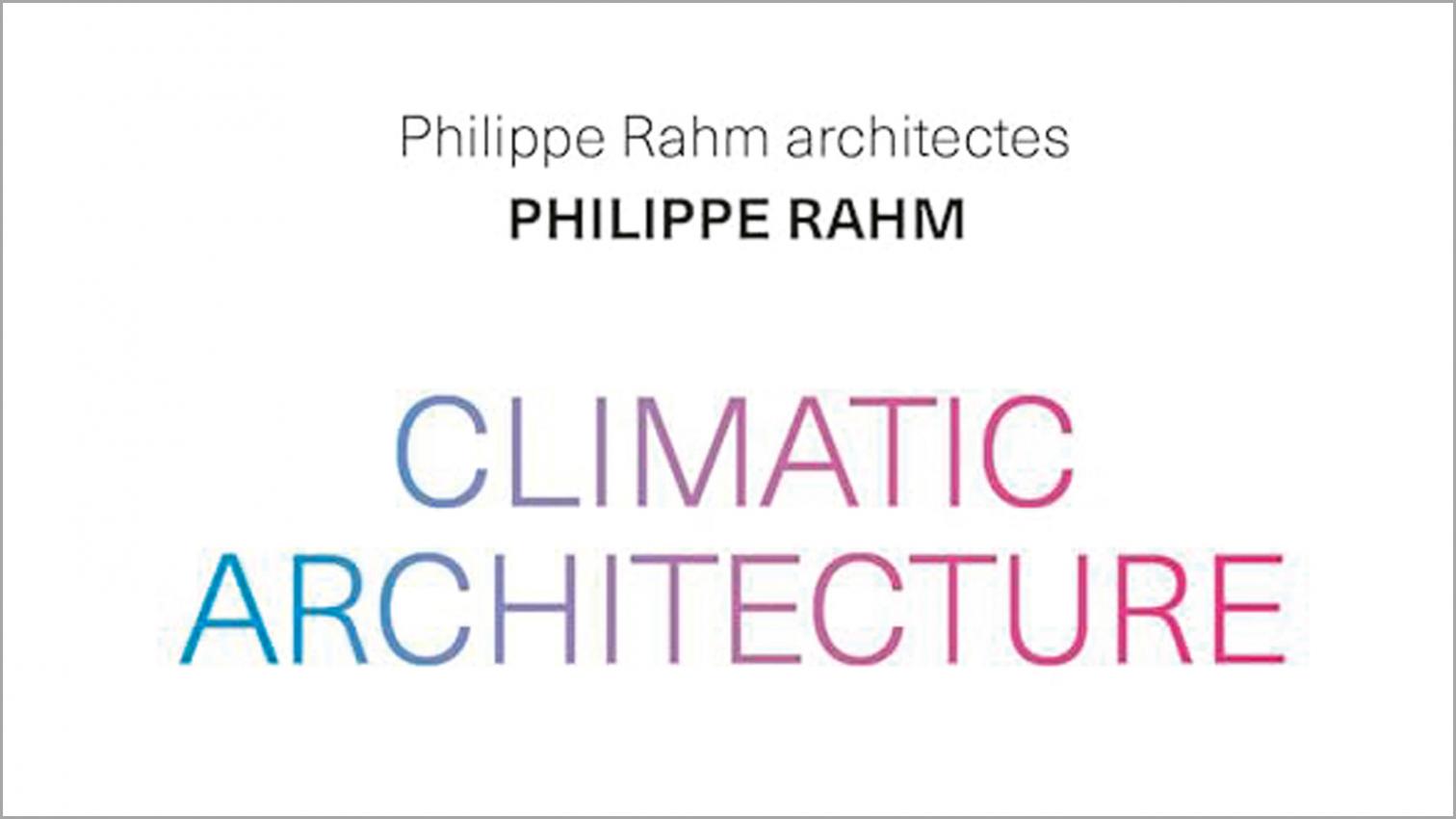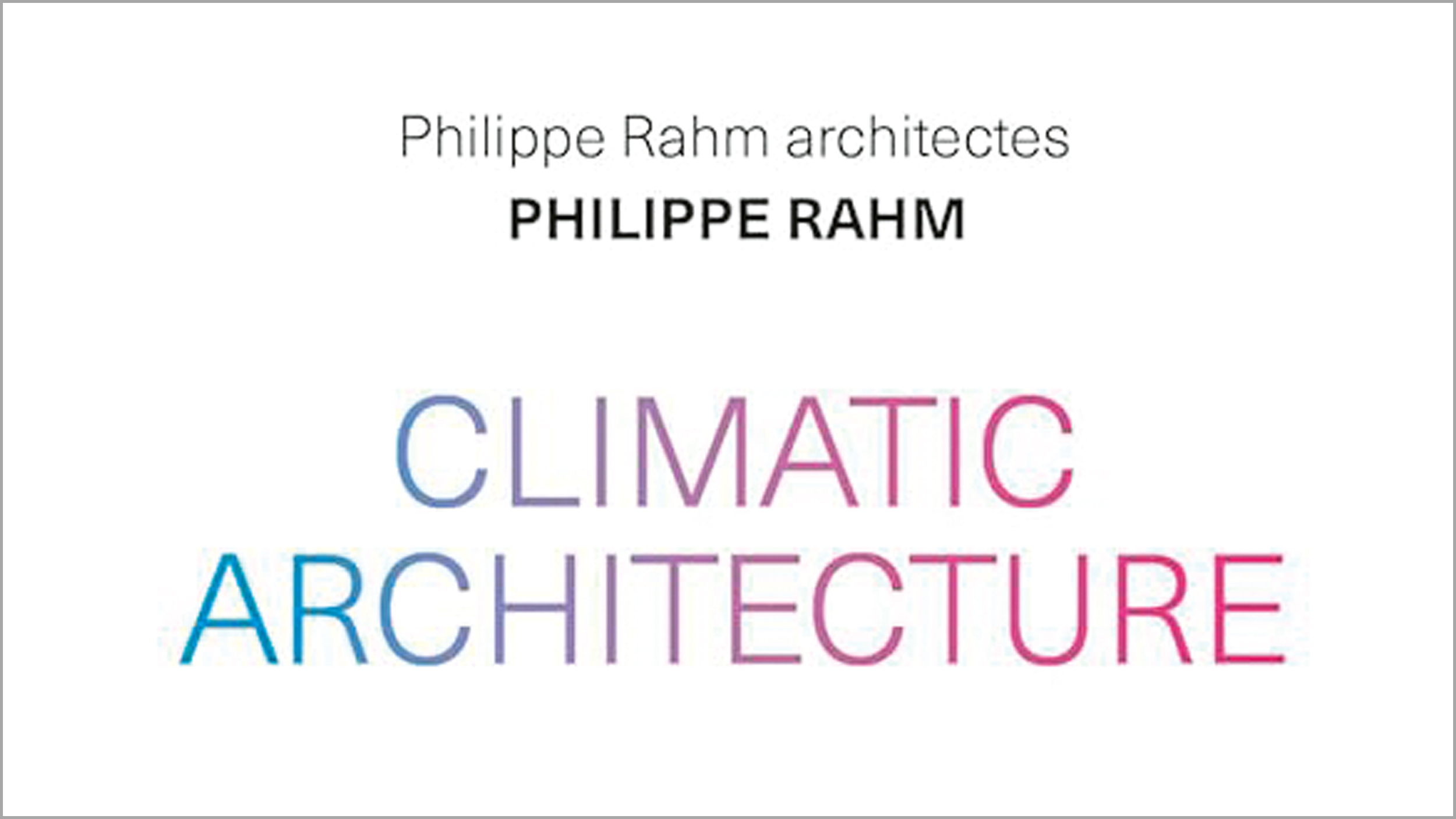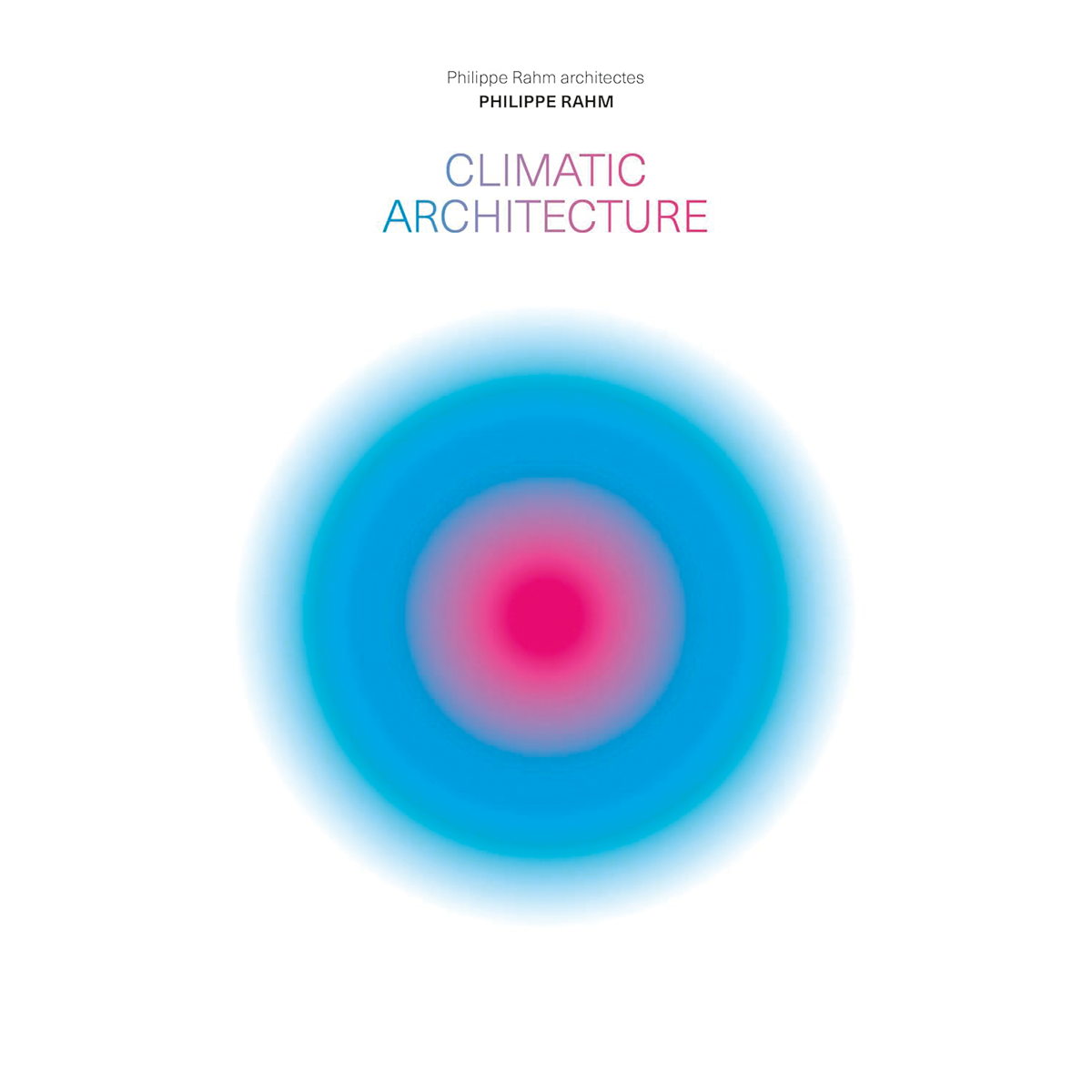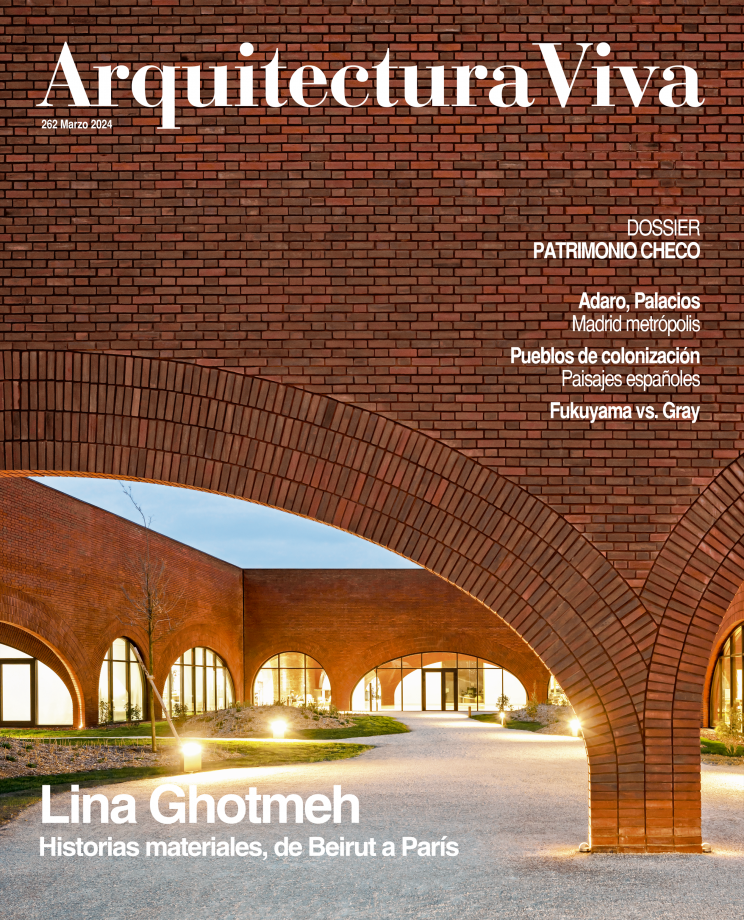
“It is at the same time a monograph on the architectural, urbanistic and landscape work of Philippe Rahm, a manifesto for a climatic architecture to face global warming, and a theoretical and practical treatise on the art of building atmospheres.” Such an ambitious description makes one wonder if the philosopher’s stone really turns lead into gold.
This book of both gold and lead has six explicit chapters and two implicit parts on theory and practice. The first, more abstract, glitters least but may be the most valuable, where Rahm shows his ability to explain the concepts behind any environmental approach to architecture. Conduction, convection, emissivity, insulation, inertia, cooling, and evaporation are catalogued in what amounts to a manual of aesthetic, in the manner of a thermodynamic Semper or an ecological Sullivan believing in “form follows climate.”
The presentation of concepts is never trivial. Phenomena are tackled in relation to the human body, and applied to very basic and thus intuitive architectural cases, like 19th-century writings on ‘warming & ventilating’ trying to make the abstruse nascent thermodynamics theme easier to grasp. Like David Boswell Reid long before, Rahm is convinced that architecture is about “constructing atmospheres.”
This slant toward air composition facilitates the shift to the book’s second part, which deals with the author’s works and is the one that glitters most but also bears the greatest density of metal. “Experiments” are put in descending chronological order to suggest he has perfected his mechanisms of atmospheric composition. So it is at the end that we find the Digestible Gulf Stream, the primitive thermodynamic featured at the Venice Biennale that led to experiments like the Evaporated Rooms. These are just touched on, the emphasis being on recent projects undertaken in Taichung, Taiwan – a leap in scale from house to landscape.
Explained through thermal diagrams and flow schemes, the projects form an environmental Parc de la Villette with an army of thermodynamic folies, from a WC clad in glass brick and filled with special air to the Meteorological Garden, equipped with convective gadgets in the nautical/industrial aesthetic of the early moderns.
Rahm’s Taiching inventions ooze physical air but also conceptual lead. His clarity clouds with the conclusion that, despite no lack of commissions, and having refined his concepts, Rahm has never stopped frequenting the Digestible Gulf Stream, and still behaves less like an architect than as an artist with a penchant for thermodynamics.
The Digestible Gulf Stream was an art installation, a gadget, and the Taiching folies are gadgets and installations: toilets turned into atmospheric laboratories, mechanized pergolas, gardens equipped with ventilation ducts. Rahm treats his projects more like materializations of his theories than as artefacts for real life, and it is difficult to fathom how this beautiful unfolding of forms can truly address climate change. All that glitters is not gold.







